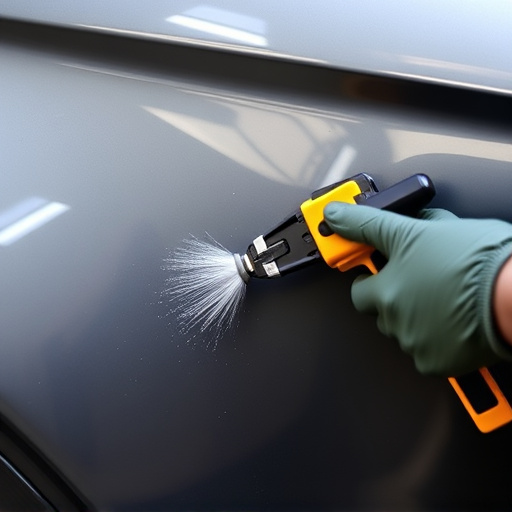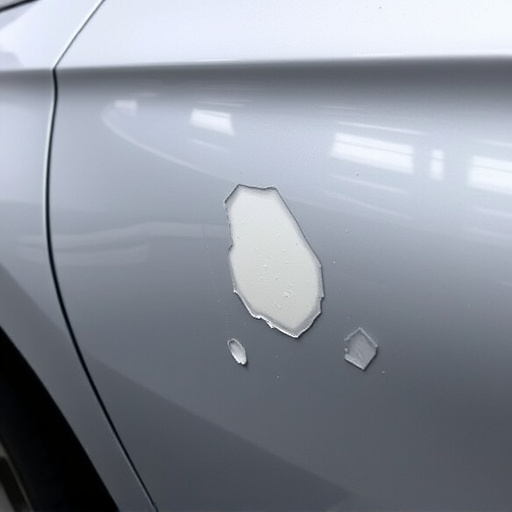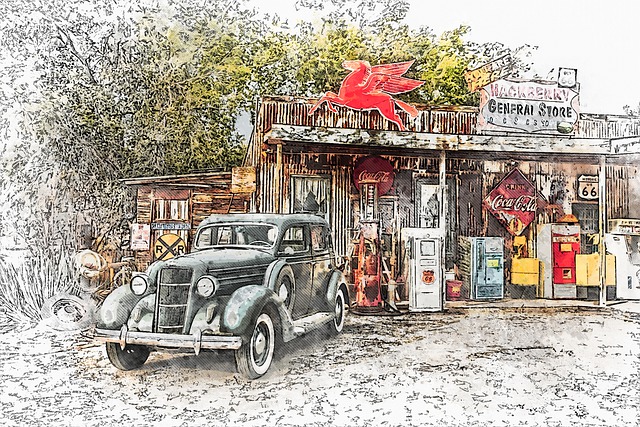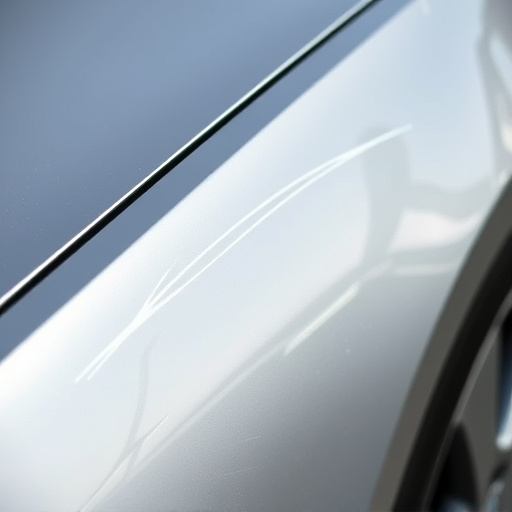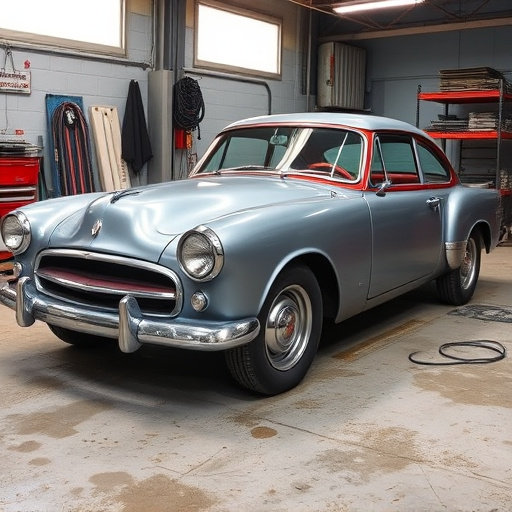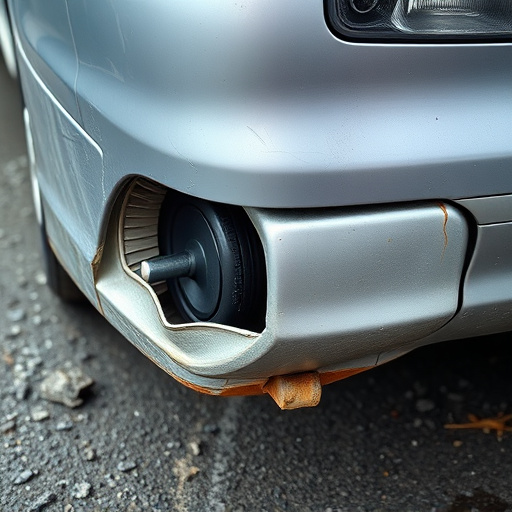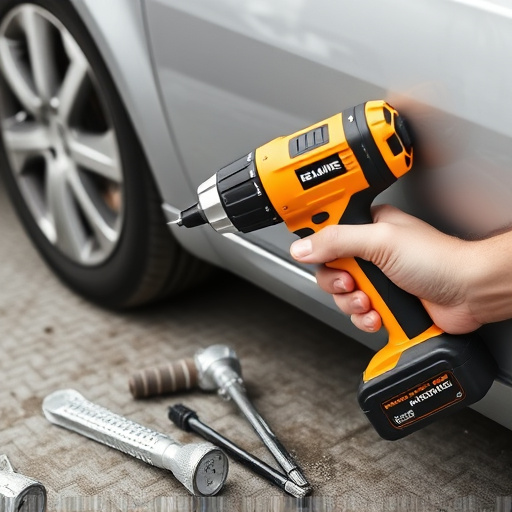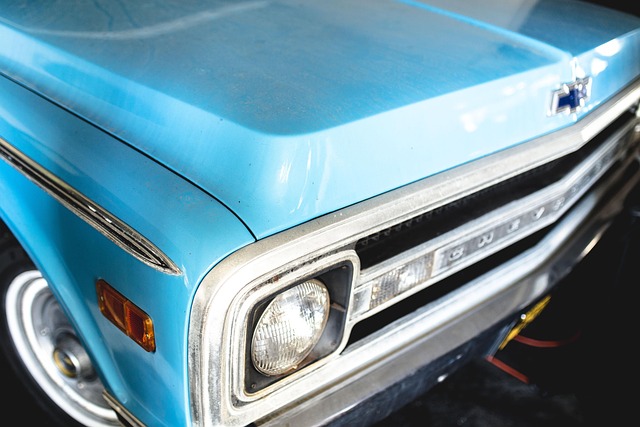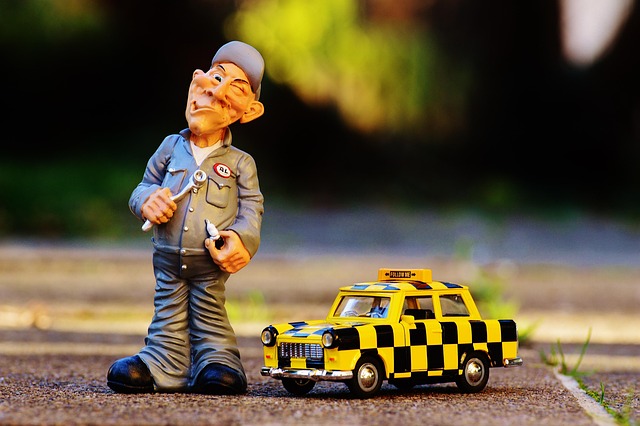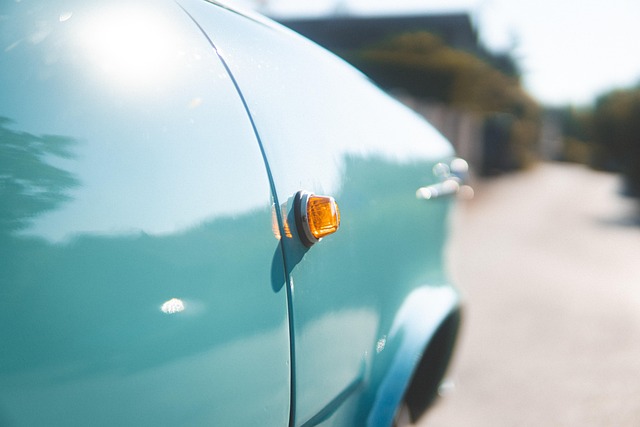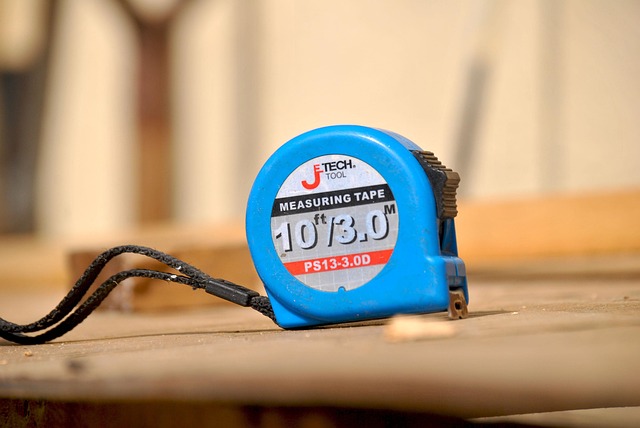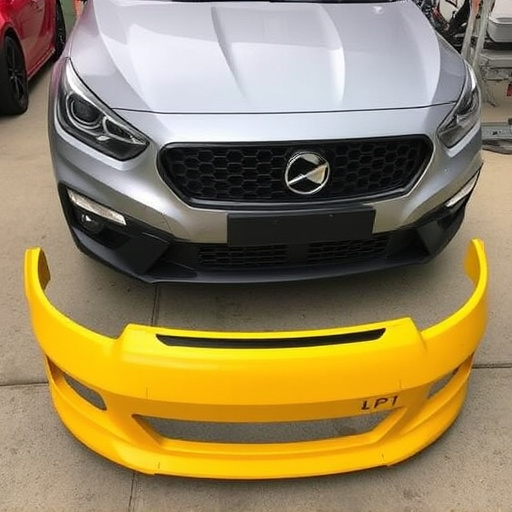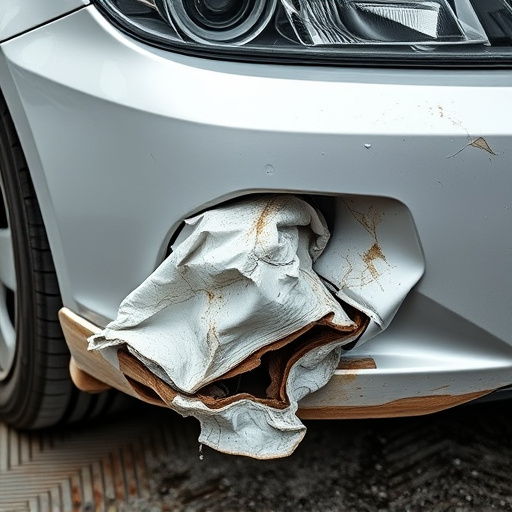Auto body repair shops address rust damage, a common issue in regions with extreme climates and high humidity, using specialized techniques. The process begins with inspection, followed by preparation methods like sanding and automated removal to access affected areas. Skilled technicians then apply primers and paints for corrosion prevention. Top-tier shops offer rust conversion coatings, protecting against moisture and oxygen. They also address related issues like panel damage and dent removal, ensuring vehicles are safe, reliable, and look new after repair. Advanced rust treatment methods, including chemical solutions and sandblasting with protective coatings, safeguard metal integrity for long-term vehicle longevity.
Auto body repair shops are often faced with rust damage, a common yet challenging issue. This article delves into the intricacies of understanding and treating rust on vehicles. We explore various causes and types of rust damage, highlighting how professional auto body repair shops navigate this complex process. From identification to treatment methods, you’ll discover effective solutions for restoring vehicles to their optimal condition. Learn about the latest techniques used by experts in auto body repair shops to combat rust effectively.
- Understanding Rust Damage: Causes and Types
- The Process of Auto Body Repair for Rust
- Effective Rust Treatment Methods Used by Professional Shops
Understanding Rust Damage: Causes and Types
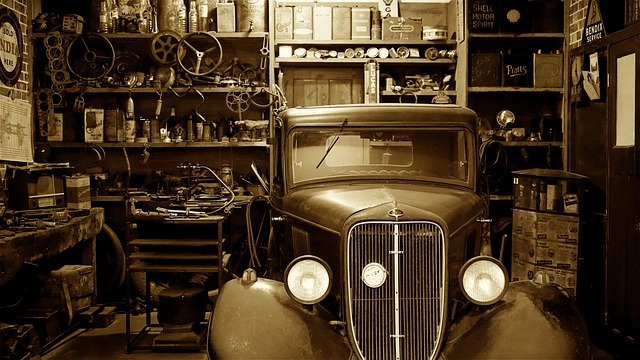
Rust damage is a common issue that auto body repair shops often encounter, especially in regions with harsh climates or areas prone to high humidity levels. Understanding the causes and types of rust is essential for both car owners and collision repair centers to ensure effective treatment.
There are several factors that contribute to rust formation on vehicles. The primary culprit is water penetration, which can occur due to leaks, poor sealing, or damage to the paintwork. Over time, moisture seeps into the metal, leading to oxidation and ultimately, rust. Different types of rust include surface rust, which appears as a reddish-brown flaky layer, and penetration rust, where rust extends deeper into the metal, causing structural damage. Auto dent repair and collision repair centers employ various techniques to combat these issues, from sandblasting and painting to specialized rust conversion treatments, ensuring vehicles return to their pre-damage condition or better.
The Process of Auto Body Repair for Rust
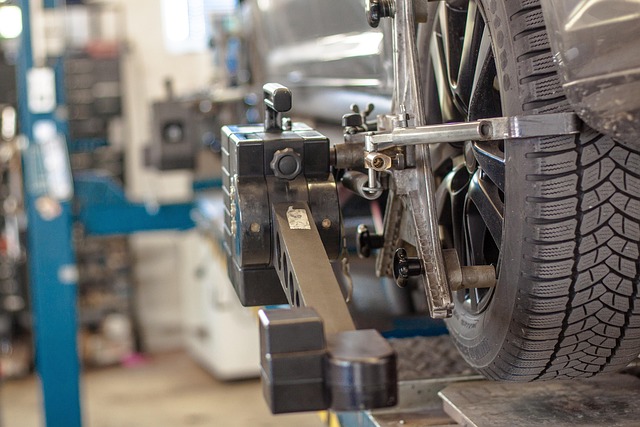
The process of auto body repair for rust involves several critical steps that restore a vehicle’s structural integrity and aesthetic appeal. It begins with meticulous inspection to identify the extent of rust damage, which can range from surface spots to deep penetration. Auto body repair shops employ specialized tools and techniques tailored to each case, from manual sanding to automated machine removal. Once the affected areas are prepared, skilled technicians apply primers and paints designed to prevent future corrosion, ensuring a durable and long-lasting fix.
Many top-tier auto body repair shops also offer rust conversion coating services as an additional layer of protection. This involves treating the metal with chemicals that create an invisible barrier against moisture and oxygen, the primary contributors to rust formation. As part of comprehensive car damage repair, these shops may also address related issues like damaged panels, dent removal, and paint matching, ensuring the vehicle not only looks new but is also safe and reliable on the road. This level of expertise is commonly found at auto collision centers that specialize in both aesthetic restoration and structural integrity maintenance.
Effective Rust Treatment Methods Used by Professional Shops

Professional auto body repair shops employ several effective rust treatment methods to restore vehicles to their optimal condition. One common approach involves using specialized chemical solutions that penetrate and dissolve existing rust, creating a clean surface for repair or coating. These chemicals often contain corrosion inhibitors to prevent future rust formation.
Another widely adopted method is sandblasting, where fine media blasts the affected area, removing rust and old paint. This process prepares the metal for patching, painting, or detailing (auto maintenance). Following sandblasting, auto body repair experts may apply a protective coating, such as epoxy or zinc-rich primer, to create a barrier against future corrosion. These professional techniques ensure that not only is rust damage effectively treated, but also that the vehicle’s structural integrity and longevity are preserved through comprehensive auto detailing processes.
When it comes to restoring your vehicle’s beauty, understanding rust damage and effective treatment methods is crucial. Auto body repair shops employ specialized techniques to address this common issue, ensuring vehicles look as good as new. By utilizing advanced tools and professional expertise, these shops offer comprehensive solutions for rust removal and prevention, allowing car owners to drive with confidence in their vehicle’s longevity. Whether it’s preventing future rust or repairing existing damage, choosing a reputable auto body repair shop equipped with the latest technology is key to achieving optimal results.
